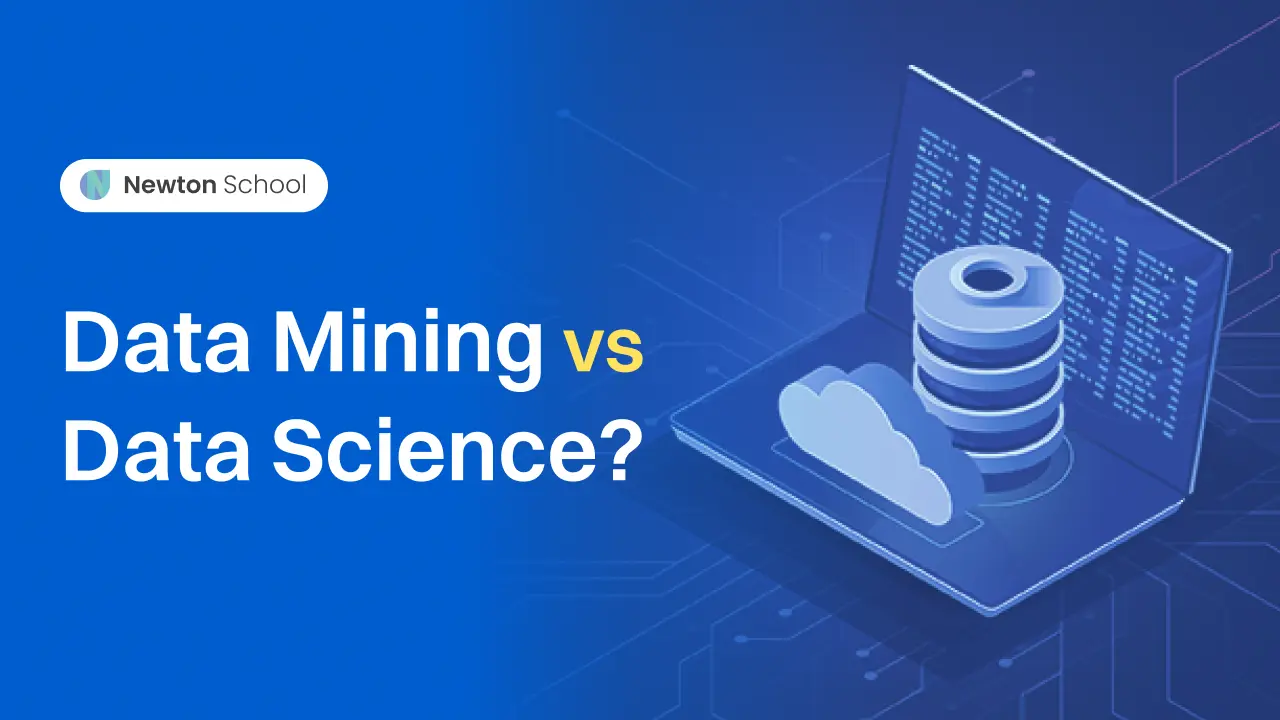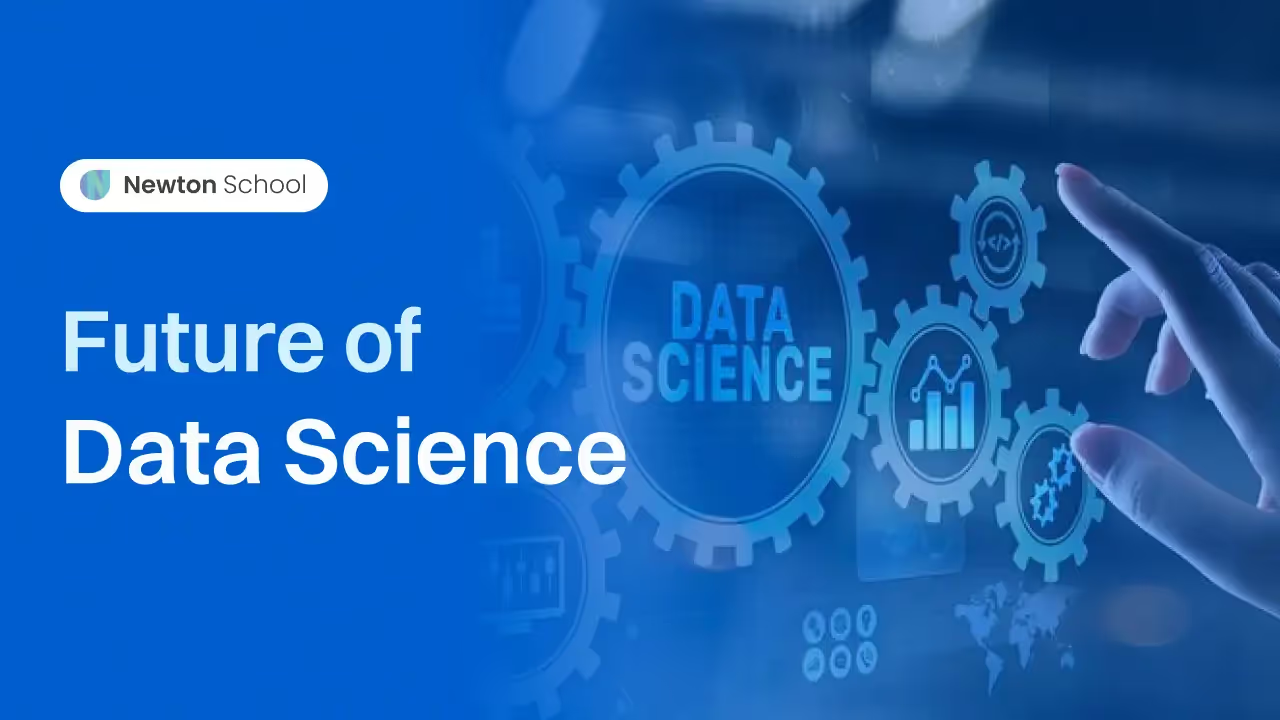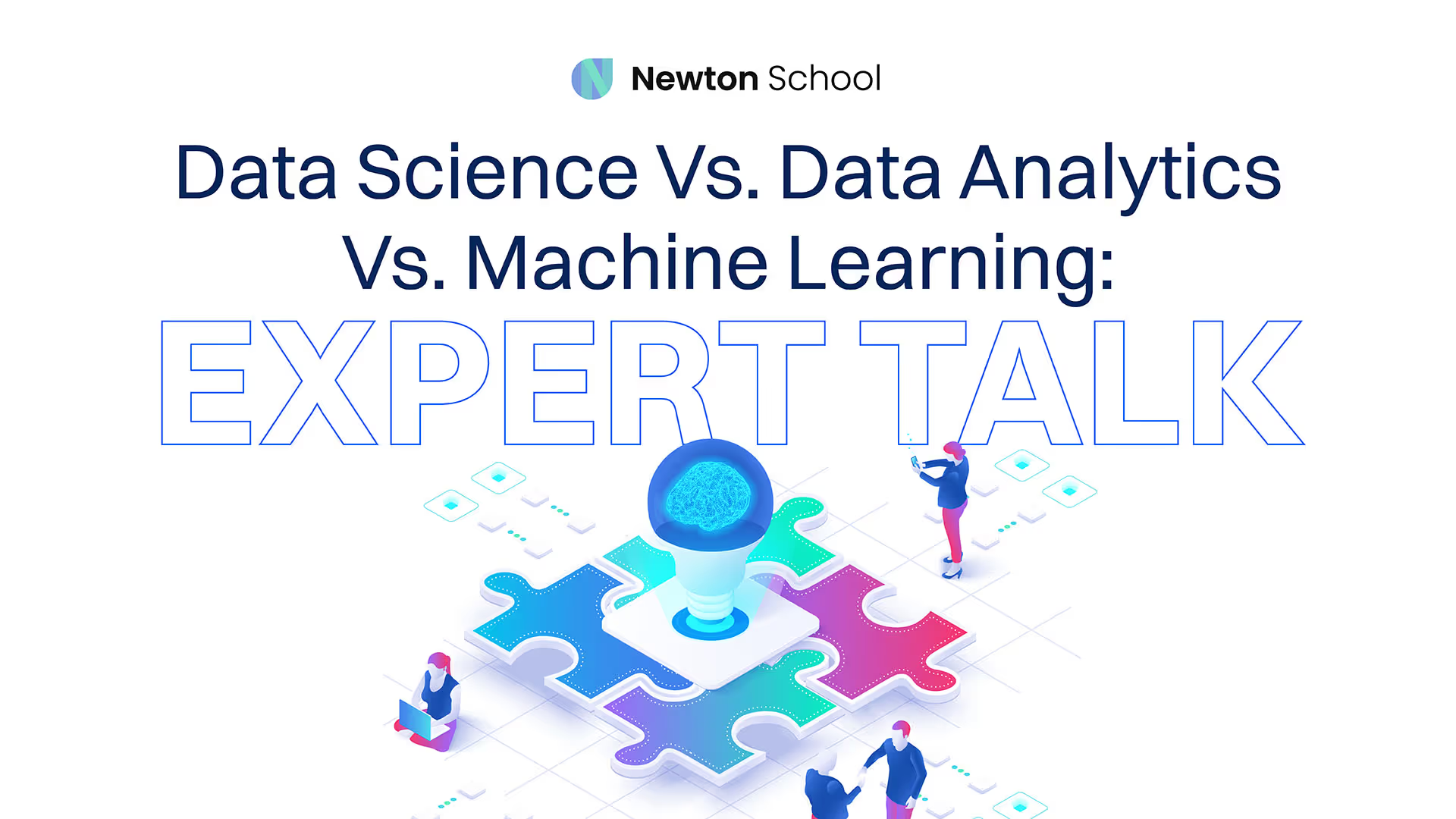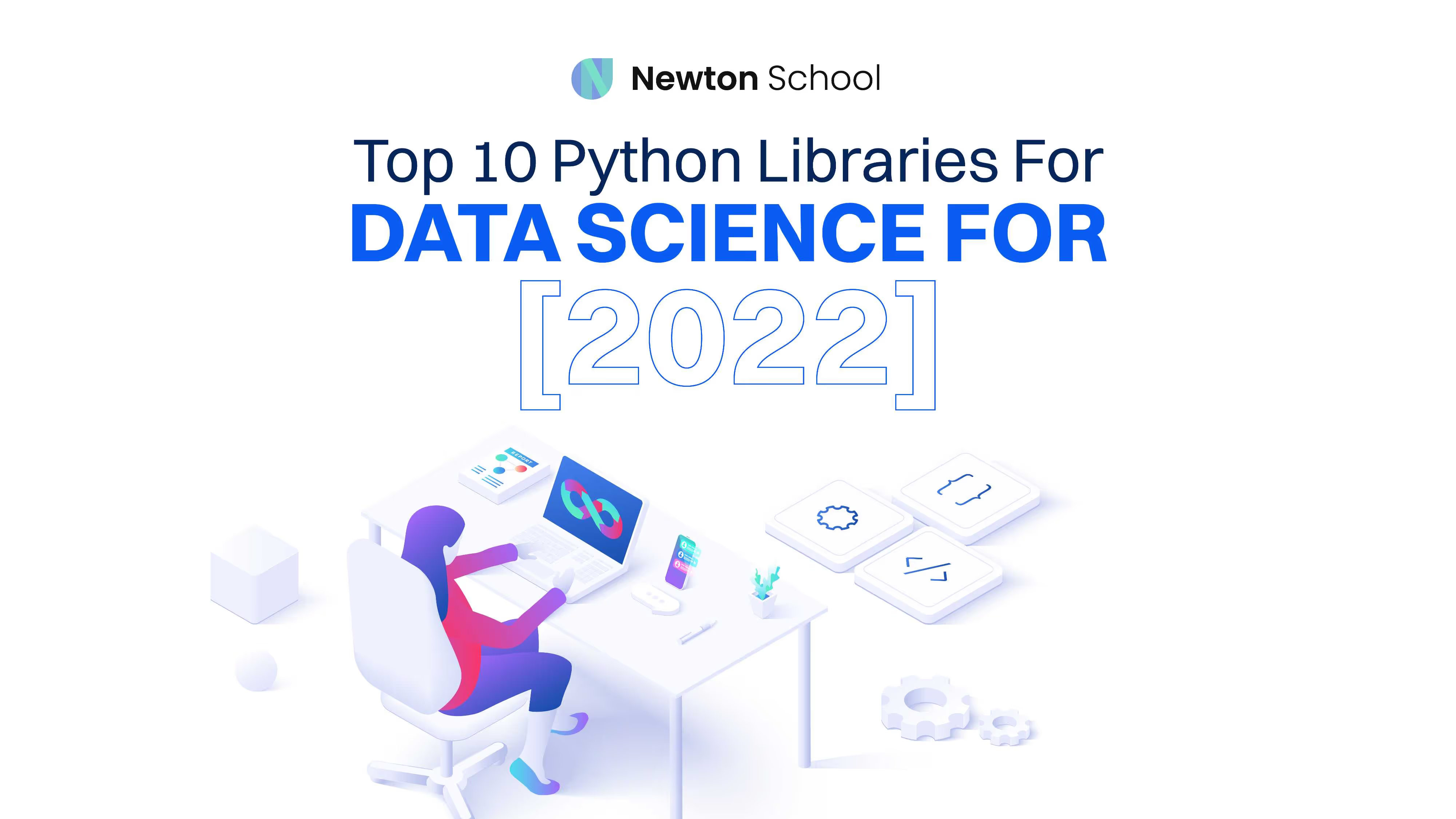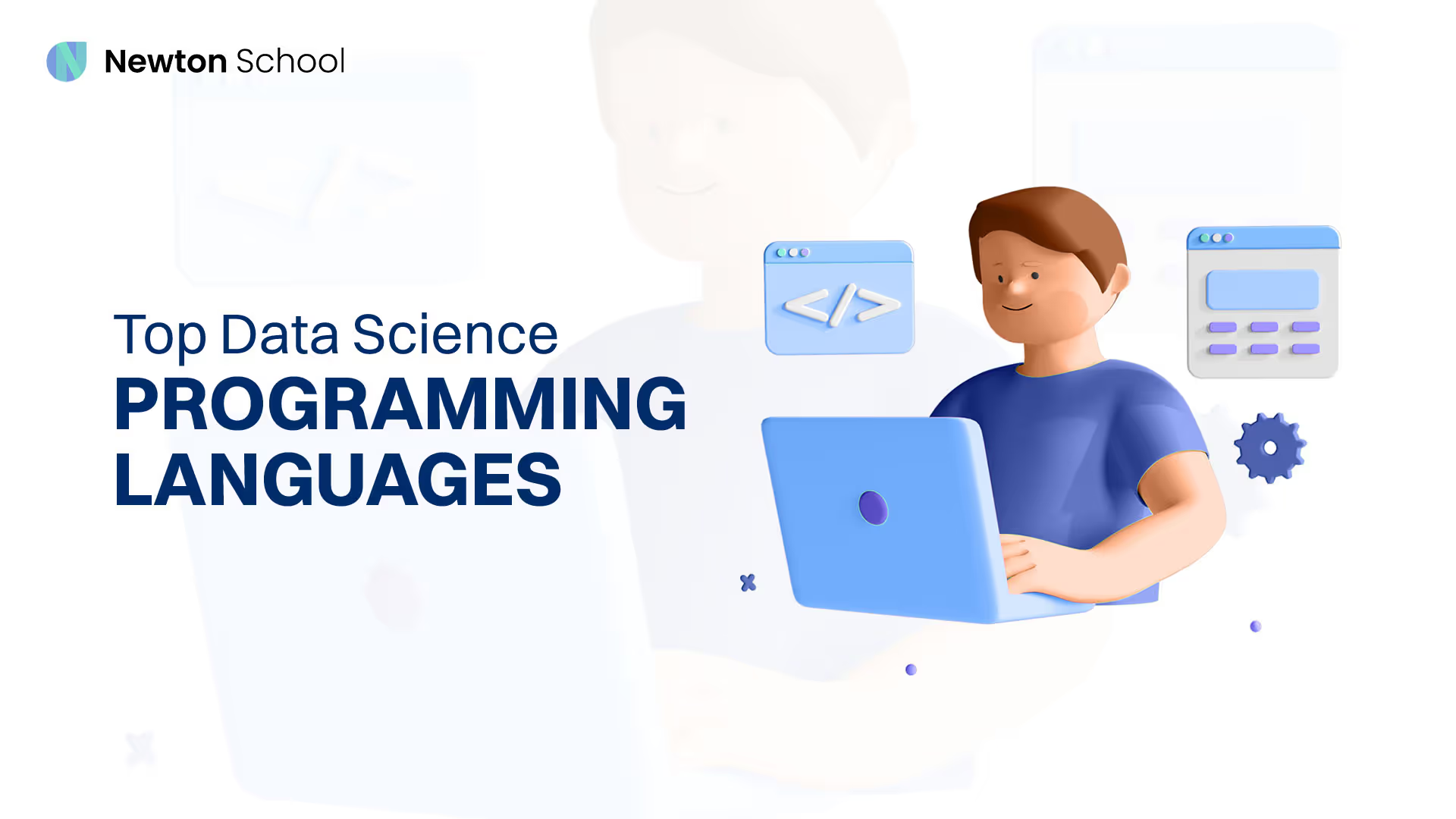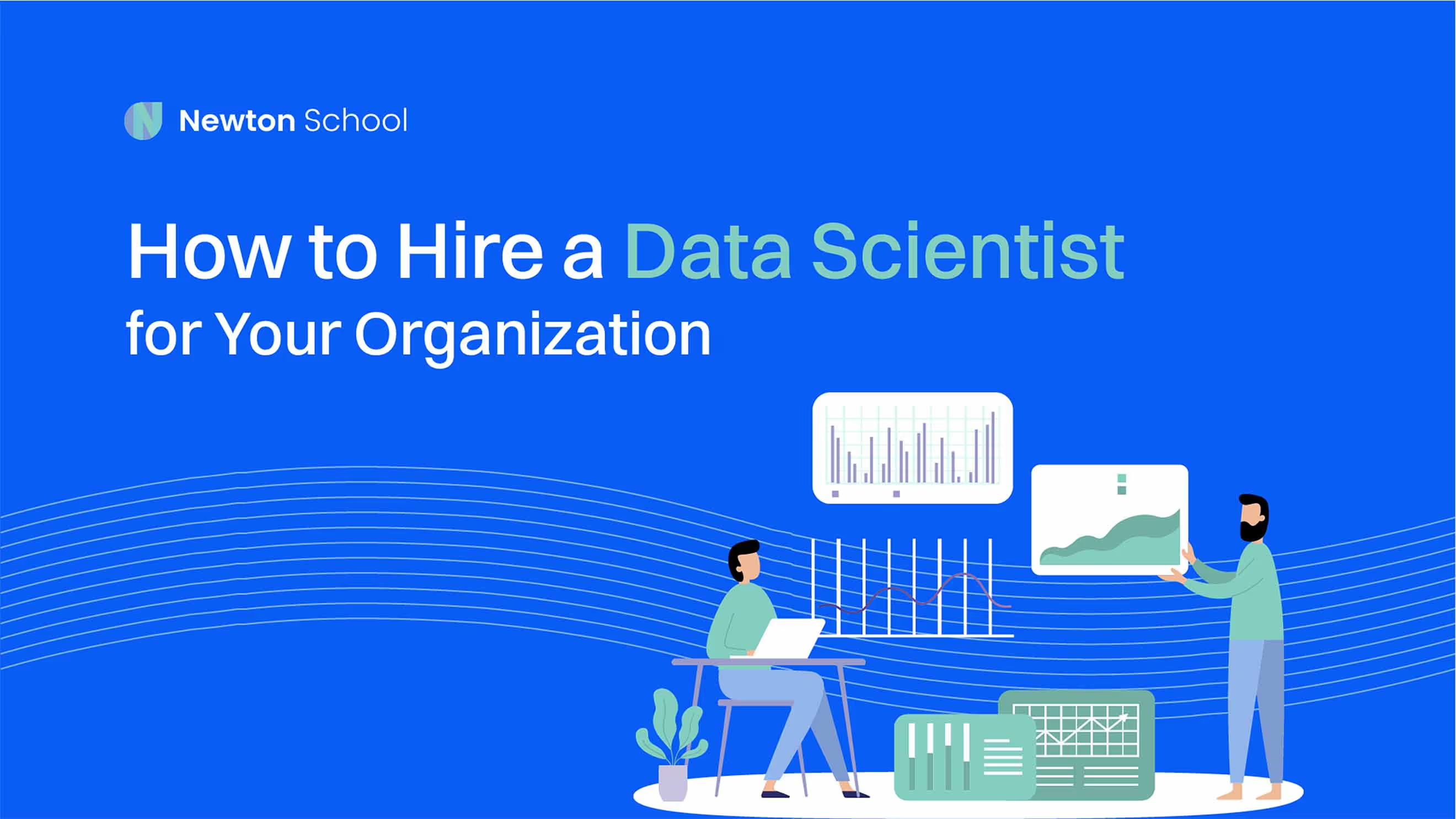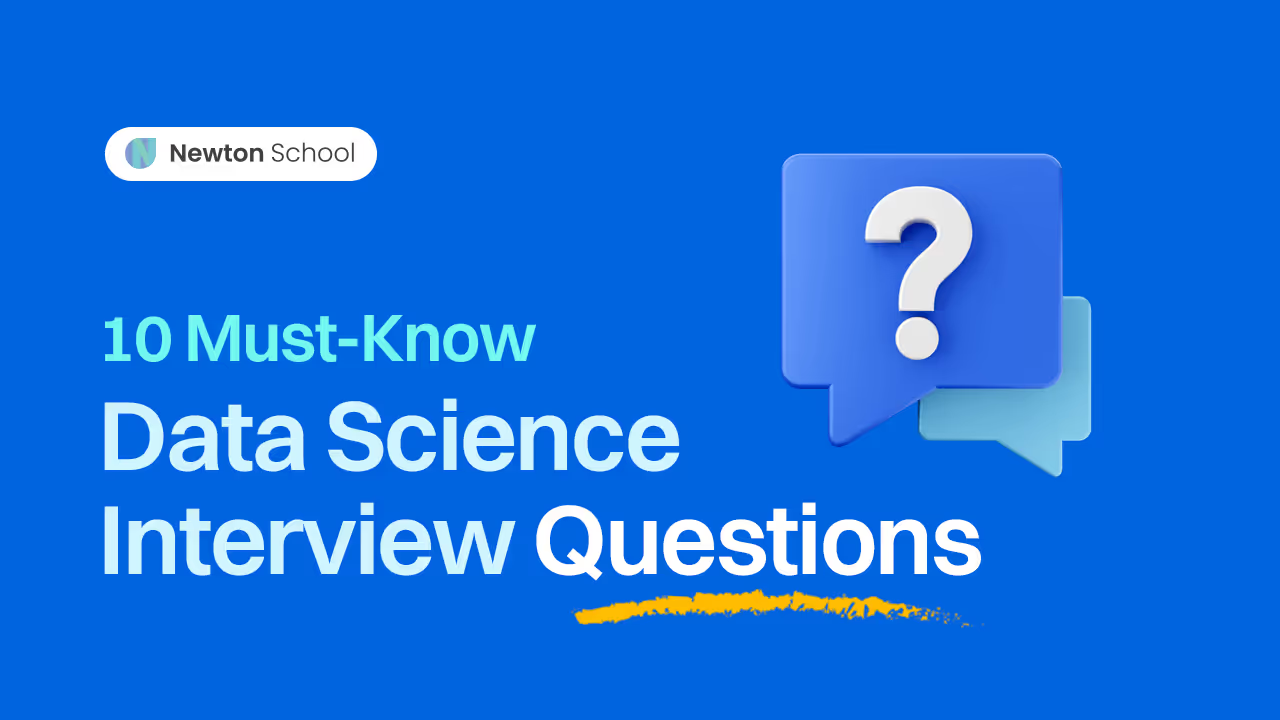
If you're looking to start a career in data science, then you'll need to be prepared for some tough data science interview questions, including Python data science interview questions. Here are the top 10 data scientist interview questions that are likely to come up, along with answers to help you with data science interview preparation.
Top 10 Data Science Interview Questions And Answers
1. What is the most important skill for a data scientist?
Many important skills are required for data scientists, but the most important one is probably critical thinking. Data scientists need to be able to analyze data and identify patterns and trends. They also need to be able to think creatively to solve problems. Moreover, they need to be able to communicate their findings to others clearly and concisely.
2. What are some of the most popular data science libraries and tools?
Many different data science libraries and tools are available, but some of the most popular ones include pandas, NumPy, and sci-kit-learn. These libraries allow data scientists to perform various tasks, such as data wrangling, analysis, and machine learning. In addition to these libraries, there are also various tools that data scientists can use, such as Jupyter Notebook and RStudio.
3. What built-in data types are used in Python?
Python has a number of built-in data types, including integers, floats, strings, and lists. These data types allow data scientists to store and manipulate data in a variety of ways. For instance, integers can be used to represent numeric data, while strings can be used to represent text data.
4. What is the difference between a list and a tuple in Python?
The main difference between a list and a tuple is that a list is mutable, whereas a tuple is not. This means that a data scientist can add, remove, or change elements in a list. However, they cannot do this with a tuple.
5. What is the difference between a supervised and an unsupervised learning algorithm?
Supervised learning algorithms are those that learn from labeled training data. Unsupervised learning algorithms, on the other hand, learn from unlabeled data. Supervised learning is more commonly used in data science, as it usually leads to better results.
A supervised learning algorithm could be used to train a machine learning model to classify images. For example, if the training data consisted of images of cats and dogs, the model would learn to label new images as either “cat” or “dog.”
An unsupervised learning algorithm could be used to cluster data points into groups. For instance, if the data points represented different animals, the algorithm might group them into mammals, reptiles, birds, etc.
6. What is regularization?
Regularization is a technique used to avoid overfitting in machine learning models. It involves adding a penalty to the model's objective function, which reduces the complexity of the model and prevents it from fitting too closely to the training data.
Regularization is an important technique for data scientists to be familiar with, as it can help improve the performance of their models. Additionally, it can make models more interpretable and better able to generalize to new data. This can be especially important when working with complex data sets.
7. What is cross-validation?
Cross-validation is a technique used to evaluate machine learning models. It involves splitting the data into multiple parts, training the model on one part, and then testing it on another part. This allows for an unbiased evaluation of the model, as it is not trained on the same data that it is tested on.
For example, a data scientist could split the data into ten parts. They would then train the model on nine of the parts and test it on the remaining part. They would repeat this process ten times, each time using a different part for testing. This would give them a good idea of how well the model performs on unseen data.
8. What common issues arise when working with big data?
Some common issues that arise when working with big data include data storage, data processing, and data analysis. Big data can be challenging to work with, but there are many tools and techniques that can help make the process easier.
For instance, data scientists can use distributed computing to parallelize the processing of large datasets. This can help speed up the process, as multiple computers can work on the data at the same time. Similarly, data scientists can use data reduction techniques to reduce the size of the dataset, which can make it easier to work with.
9. What is the curse of big data?
The curse of big data is the tendency for machine learning models to perform worse on new, unseen data. This is because the models have been trained on a specific dataset and may not be able to generalize to other datasets.
The curse of big data can be avoided by using cross-validation or by building multiple models that are each trained on different subsets of the data. We can also try different machine learning algorithms to see which one performs the best on our data.
10. What is feature engineering?
Feature engineering is the process of transforming raw data into features that can be used by machine learning models. This process can be time-consuming, but it is essential for building accurate models. Feature engineering involves tasks such as feature selection, feature extraction, and dimensionality reduction.
An example of feature engineering is transforming raw text data into a vector of word counts. This process involves feature selection, as only the most relevant words are counted. It also involves feature extraction, as the words are counted in a certain way (e.g., by frequency). Finally, it involves dimensionality reduction, as only the most important words are kept, and the others are ignored.
We hope these data scientist interview questions and answers for freshers have helped you better understand the field. If you want to get started in data science, check out our Newton School's Data Science Certification program. This program will teach you the skills you need to become a data scientist, from programming to machine learning.
So, what are you waiting for? Hurry and apply now!




